Did you know businesses using marketing automation see a 451% increase in qualified leads?

Marketing automation tools can streamline your campaigns, personalize customer interactions, and optimize your marketing efforts. These tools can handle repetitive tasks, segment your audience, and provide valuable insights, freeing your time to focus on creative and strategic activities.
However, to truly leverage its potential, you need a well-crafted plan or strategy to implement marketing automation.
In this article, we will discuss the essential steps to implement and succeed with marketing automation, ensuring your business achieves maximum growth and efficiency. Let’s get started!
How to Implement & Succeed With Marketing Automation
What is Marketing Automation?
Marketing automation uses software to streamline and measure marketing tasks and workflows. It enhances efficiency by automating repetitive tasks like email campaigns, social media posting, and ad management.
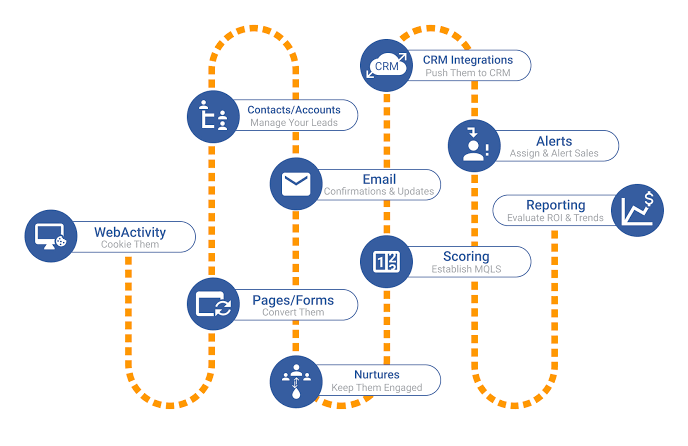
This results in improved customer engagement, higher conversion rates, and increased revenue.
Why is Marketing Automation Necessary for Your Business?
Marketing automation is not just a trend but a necessity for modern businesses aiming to stay competitive. It offers numerous benefits that can significantly enhance your marketing efforts and overall business performance, such as —
Increased Efficiency
Automating repetitive tasks such as email campaigns, social media posting, and lead nurturing frees your marketing team to focus on strategic activities.
This shift lets your team concentrate on creative tasks, strategic planning, and customer relationship management, leading to more innovative campaigns and a stronger brand presence.
Improved Lead Management
Marketing automation helps you capture, nurture, and convert leads more effectively. With automated workflows, you can ensure timely follow-ups and personalized communication, keeping potential customers engaged throughout their buying journey.
This structured approach prevents leads from falling through the cracks and provides a seamless transition from marketing to sales.
Enhanced Personalization
Automation tools allow for personalized communication at scale, tailoring messages based on user behavior and preferences. This level of personalization leads to higher engagement rates, with Experian research showing that personalized emails deliver 6x higher transaction rates.
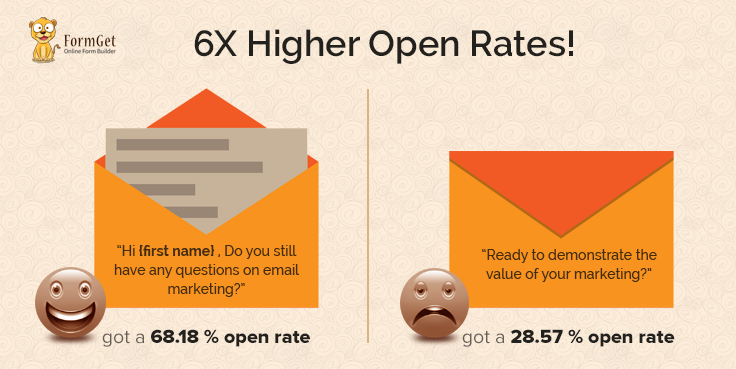
By using marketing automation to segment your audience and deliver targeted content, you can create more meaningful connections with your customers, increasing loyalty and driving repeat business.
Better Data and Analytics
Marketing automation provides detailed insights and analytics on campaign performance, customer behavior, and ROI. This data-driven approach helps you make informed decisions and optimize your marketing strategies.
With access to comprehensive reports and metrics, you can identify what’s working and needs improvement, allowing for continuous optimization and better overall results.
Scalability
As your business grows, marketing automation ensures that your marketing efforts can scale without a corresponding increase in manual workload. This scalability allows you to maintain consistent and effective marketing campaigns regardless of business size or growth rate.
Types of Marketing Automation for Your Business
Marketing automation comes in various forms, each designed to streamline different aspects of your marketing efforts. Here are four key types of marketing automation that can significantly benefit your business:
Email Marketing Automation
According to Campaign Monitor, automated emails generate 320% more revenue than non-automated emails. Email marketing automation allows you to send targeted and personalized emails to your subscribers based on their behaviors and preferences. By setting up automated email workflows, you can nurture leads, welcome new subscribers, and re-engage inactive customers.
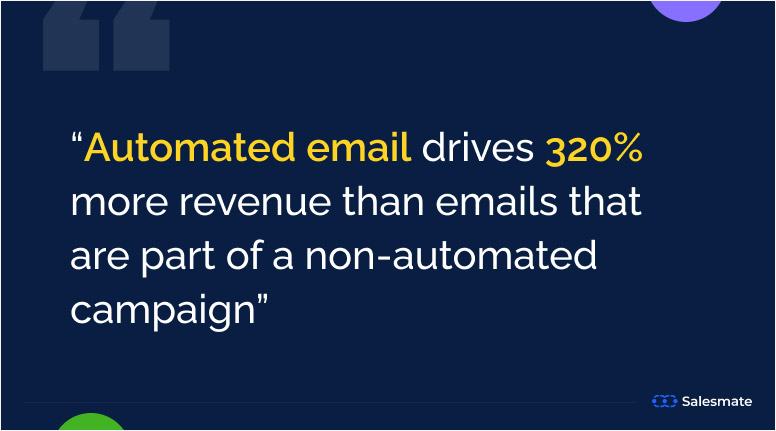
For example, an e-commerce store can use email automation to send personalized product recommendations based on past purchases.
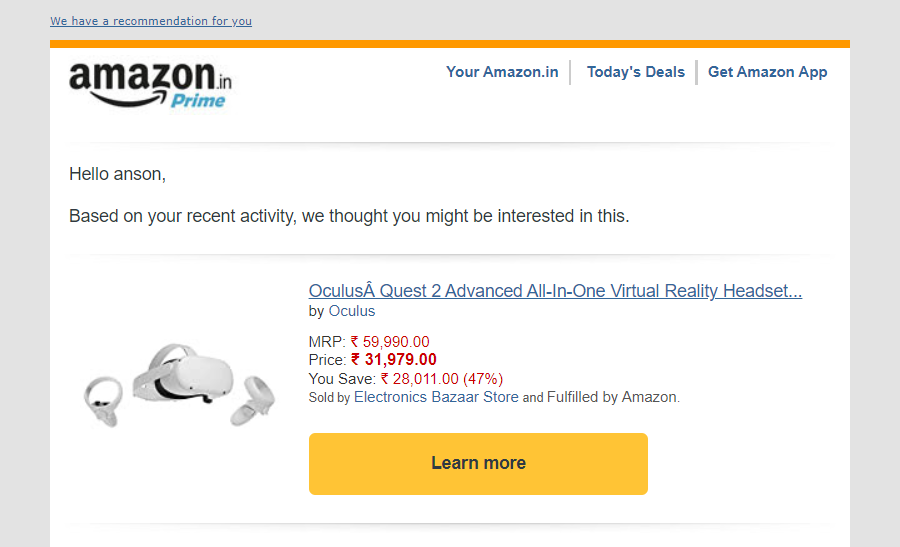
When a customer buys a product, the system automatically adds them to a workflow that sends follow-up emails with complementary product suggestions, exclusive offers, and reminders about items left in their cart.
Sales Funnel Automation
Sales funnel automation streamlines the process of guiding prospects through the sales journey, from initial contact to final purchase. Automated workflows can help qualify leads, send follow-up emails, and trigger actions based on specific criteria.
For instance, a software company can use sales funnel automation to send targeted content and offers to leads at different stages of the funnel.
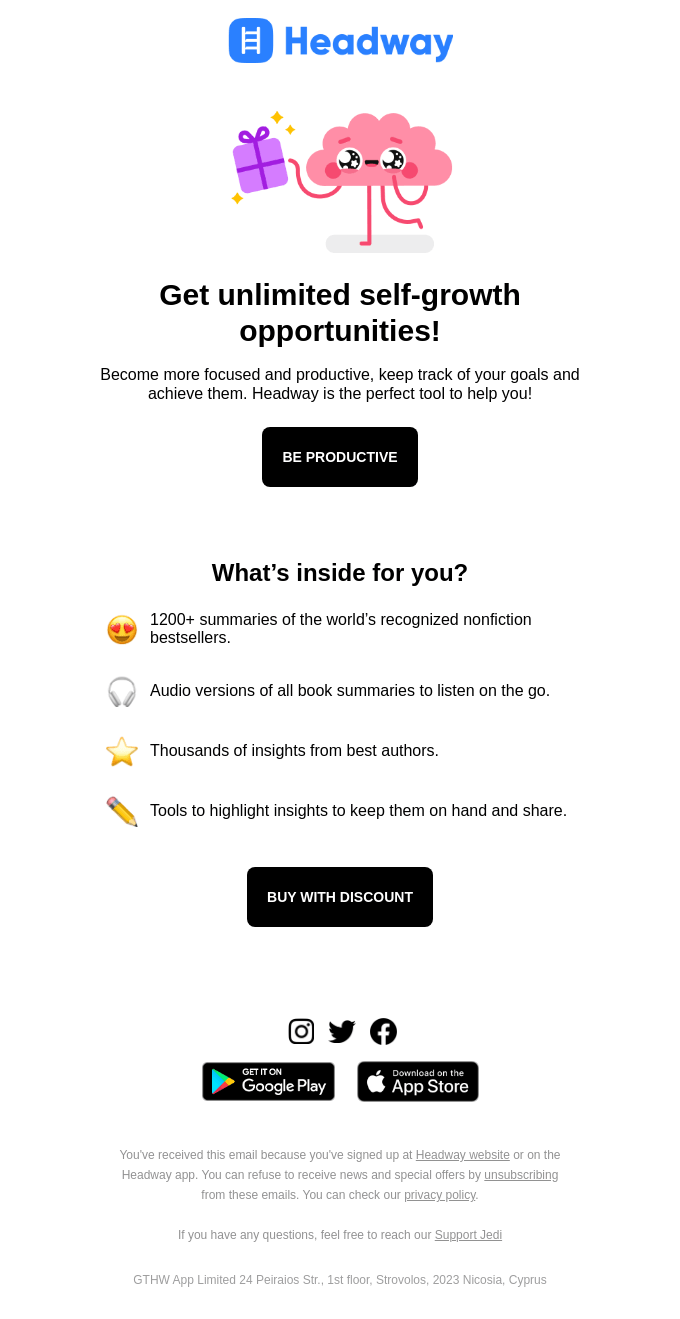
When a lead downloads a whitepaper, they are automatically entered into a workflow that sends educational emails about the software’s benefits, followed by case studies and, eventually a personalized demo offer.
Omnichannel Marketing Automation
Omnichannel marketing automation integrates various marketing channels—such as email, social media, SMS, and web—into a cohesive strategy, providing a seamless experience for customers. Companies with strong omnichannel strategies retain 89% of their customers, compared to the 33% retained by those with weak omnichannel strategies. This approach ensures that your messaging is consistent and personalized across all touchpoints.
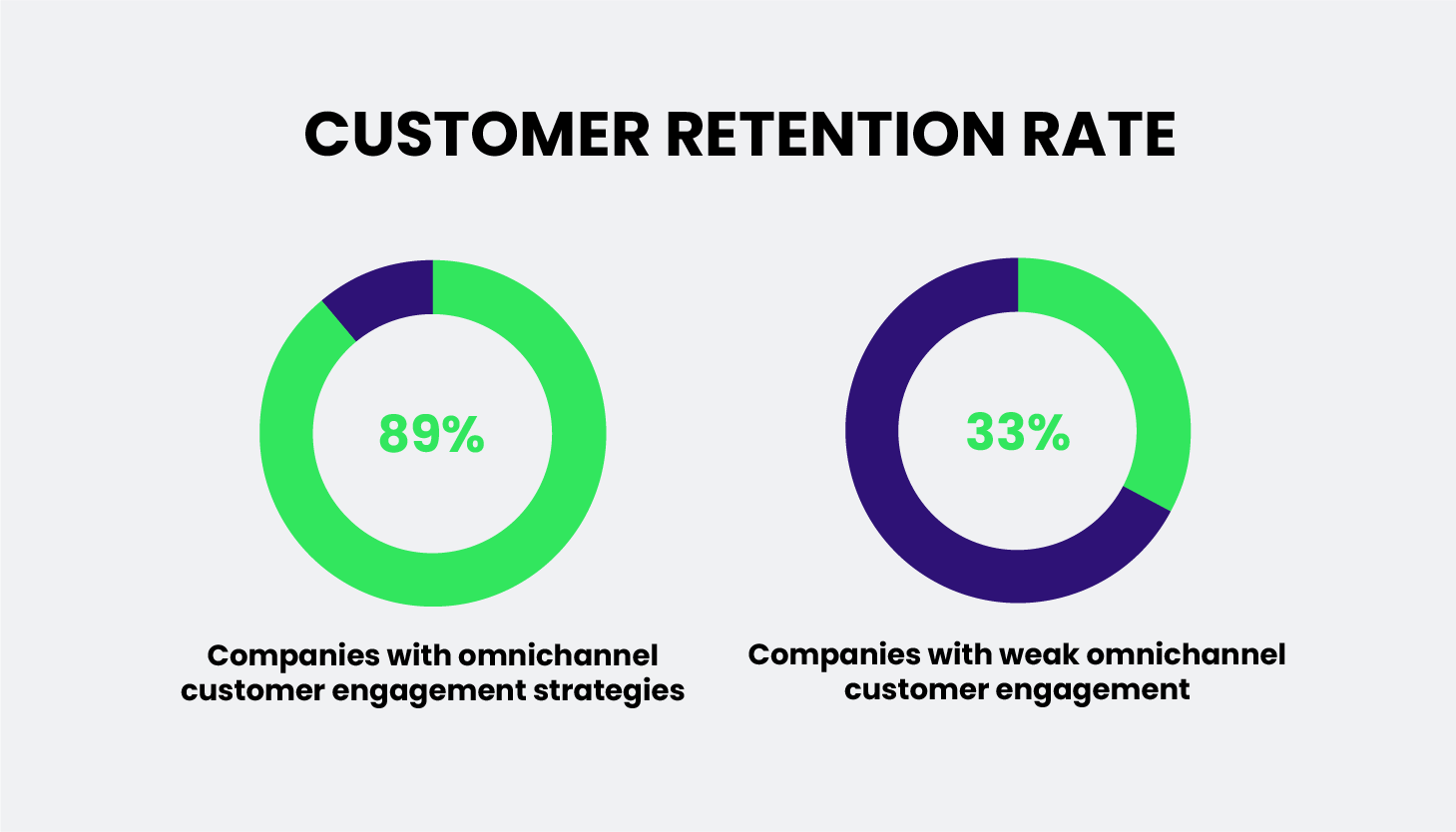
For example, a travel agency can use omnichannel automation to engage potential customers.

When someone visits their website and shows interest in a vacation package, the system triggers a series of interactions: an email with travel tips and package details, targeted ads on social media showcasing beautiful destinations, and an SMS reminder about limited-time offers.
Social Media Marketing Automation
Social media marketing automation involves scheduling posts, managing interactions, and analyzing performance across various social media platforms. By automating these tasks, you can maintain a consistent presence and engage with your audience more effectively.
For example, a digital marketing agency can use tools like Hootsuite or Buffer to schedule posts in advance, respond to comments, and track engagement rate metrics. The agency sets up a content calendar and schedules posts to be published at optimal times, uses automation to monitor and respond to comments and messages in real time, and analyzes performance data to adjust strategies accordingly.
6 Key Steps for Successfully Implementing Marketing Automation Strategy for Your Business
Implementing a marketing automation strategy can revolutionize your marketing efforts, but it requires careful planning and execution. By following a structured approach, you can maximize the benefits of marketing automation and achieve your business goals.
Here are six key steps to guide you through the process:
Define Your Goals and Objectives
Defining goals helps align your marketing automation efforts with your overall business objectives. It ensures that every action taken contributes to a larger purpose, enabling you to track performance and make data-driven decisions. Goals also motivate your team and provide a clear vision of success.
Your marketing automation goals could be:
- Increasing lead generation and conversion rates
- Enhancing customer engagement and retention
- Improving sales efficiency and productivity
- Personalizing customer experiences
- Boosting overall marketing ROI
To ensure your goals are effective, you can also use the SMART framework. For instance, instead of setting a vague goal like ”Increase email open rates”, you can put something like “Increase email open rates by 20% over the next six months.”
Choose the Right Marketing Automation Platform
Choosing the right marketing automation platform is crucial for the success of your strategy. Here are key factors to consider while choosing the right marketing automation platform for your business:
- Functionalities: Determine what you need to automate. If you want to improve customer engagement through multi-channel campaigns, select a platform that supports email, social media, and SMS marketing integration to ensure seamless and cohesive interactions.
- Objectives: Clarify what you want to achieve. For a company aiming to enhance lead nurturing, choose a platform that offers advanced lead scoring, automated follow-ups, and personalized content delivery to move prospects through the sales funnel effectively.
- Integration and Scalability: Ensure the platform integrates with your existing systems. Also, ensure you opt for a solution that can grow with your business, accommodating increased data volumes, users, and more complex workflows without compromising performance.
- Budget and User Experience: Evaluate setup costs and ongoing expenses. For your UI UX consulting needs, select a user-friendly platform that provides robust customer support and training resources, ensuring your team can maximize its features with minimal friction.
Segment Your Audience
Segmentation allows you to tailor your messaging to specific groups based on their characteristics, behaviors, and preferences. This targeted approach ensures that your audience receives content that resonates with them, leading to higher engagement and better results.
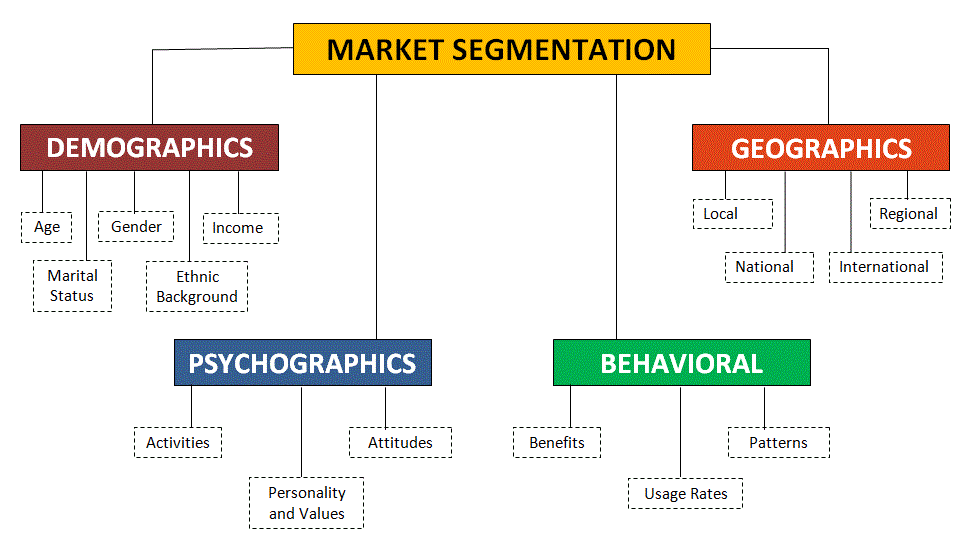
You can segment your audience based on the following factors:
- Demographics– age, gender, income, or education level
- Behavior– Based on their interactions with your brand, such as purchase history, website activity, or email engagement.
- Geographics– location, such as country, region, or city.
- Psychographics – lifestyle, values, interests, or personality traits.
To dig deeper, create an ideal customer profile by analyzing your best customers. Consider factors like:
- Firmographics: Company size, industry, and revenue.
- Role and Responsibilities: Job titles and functions of decision-makers.
- Pain Points and Goals: Specific challenges they face and their objectives.
- Buying Behavior: Purchase frequency, decision-making process, and preferred communication channels.
For Example, a B2B software company might identify its ICP as a mid-sized tech firm with a specific revenue range, targeting IT managers who seek efficient project management solutions.
Develop a Content Strategy
A well-developed content strategy is vital for maximizing the impact of your marketing automation efforts. It ensures your content is engaging, relevant, and aligned with your business goals.
To develop a content strategy, you need to define your goals and create an ideal customer profile which we have already discussed above. Once you have done that, start reviewing your current content inventory to identify what is performing well and what is not. Look at metrics like engagement rates, conversion rates, and SEO rankings to determine which pieces of content resonate most with your audience.
Similarly, determine areas where you lack content or where existing content can be improved. Consider customer feedback, common questions, and industry trends to find new topics that will engage your audience.
After this, create a content calendar outlining:
- what content you will produce (blog posts, videos, infographics, ebooks, and social media updates),
- when it will be published (weekly blog posts, bi-weekly email newsletters, and daily social media updates), and
- which channels will be used for distribution (your website, social media platforms, email newsletters, and third-party sites.)
You can also use marketing automation tools to schedule content distribution in advance. This ensures timely delivery and allows you to focus on creating quality content rather than manual posting.
Set Up Automated Workflows
Setting up automated workflows is a key component of marketing automation. It enables you to streamline processes, nurture leads, and engage customers with minimal manual effort. Automated workflows ensure that the right message is delivered to the right person at the right time, enhancing the efficiency and effectiveness of your marketing strategy.
A step-by-step process to set up automated workflows involves:
- Identify Key Processes: Determine which marketing tasks, such as lead nurturing, customer onboarding, or follow-up emails, can be automated.
- Map Out Customer Journeys: Create detailed maps of your customer journeys, identifying key touchpoints where automation can enhance the experience.
- Define Triggers and Actions: Set up triggers that initiate workflows based on specific actions or events, such as form submissions, website visits, or email opens.
- Create Personalized Content: Develop content tailored to each stage of the customer journey, ensuring it addresses your audience’s needs and interests.
- Set Up Workflow Steps: Outline the sequence of actions and messages within each workflow, specifying the timing and conditions for each step.
Monitor, Analyze, and Optimize
By continuously tracking performance and making data-driven adjustments, you can maximize the effectiveness of your campaigns and achieve your marketing goals.
By setting clear key performance indicators (KPIs) such as open rates, click-through rates, conversion rates, and ROI, you can effectively gauge the success of your marketing strategies. Utilizing analytics tools provided by your marketing automation platform, as well as external tools like Google Analytics, helps gather detailed data on campaign performance.
Conducting A/B testing and experiments is also crucial for discovering the most effective tactics, such as testing different subject lines, content formats, and sending times. Based on your analysis, you can make data-driven adjustments to improve your campaigns, such as changing messaging, adjusting targeting, or refining content.
Mastering Marketing Automation for Business Success
Implementing a successful marketing automation strategy can transform your business. Here are the key takeaways to ensure you achieve maximum impact:
- Establish specific, measurable objectives to guide your strategy.
- Select a platform that fits your needs and integrates seamlessly with your existing systems.
- Tailor your messaging to different audience groups for more personalized communication.
- Create and plan high-quality, engaging content that resonates with your audience.
- Streamline processes to ensure timely and relevant customer interactions.
- Continuously track performance, analyze data, and make necessary improvements to maximize effectiveness.
Embrace these strategies to unlock the full potential of marketing automation and elevate your business success today!
Author Bio
https://gravatar.com/successfulalpacadb7584b471
Vanya is a content writer. She likes writing in various niches but has expertise in the SaaS and Marketing niche. At present she is helping SaaS businesses to improve their visibility through SEO optimized content. In her free time, she likes exploring ways to improve her writing skills.

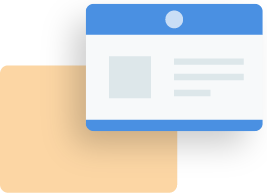
 info@cultbooking.com
info@cultbooking.com  0049 30 726225 0
0049 30 726225 0 